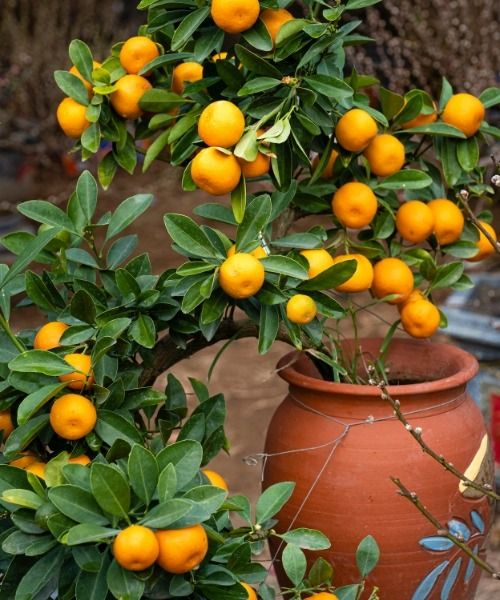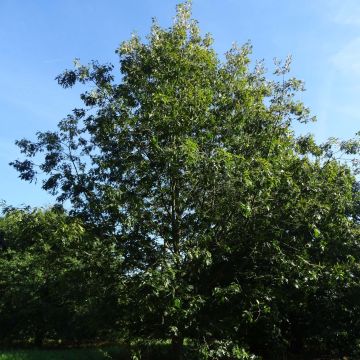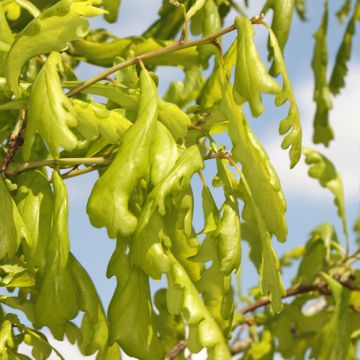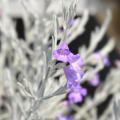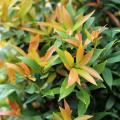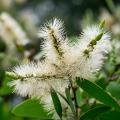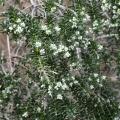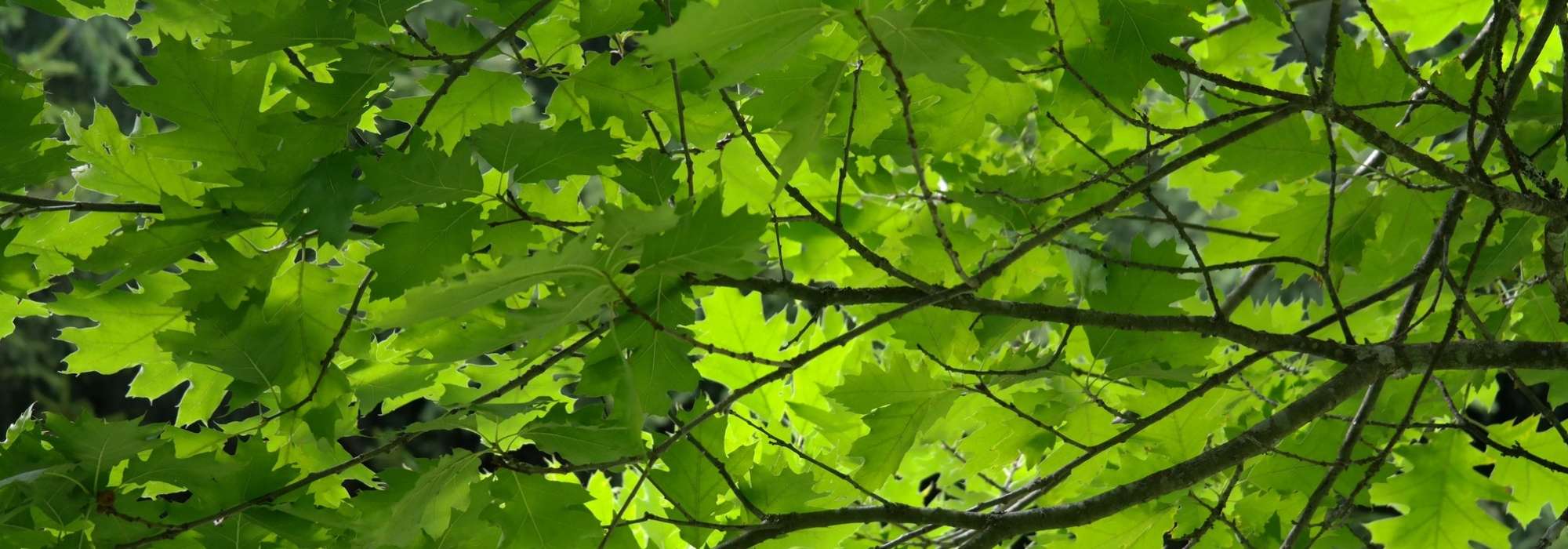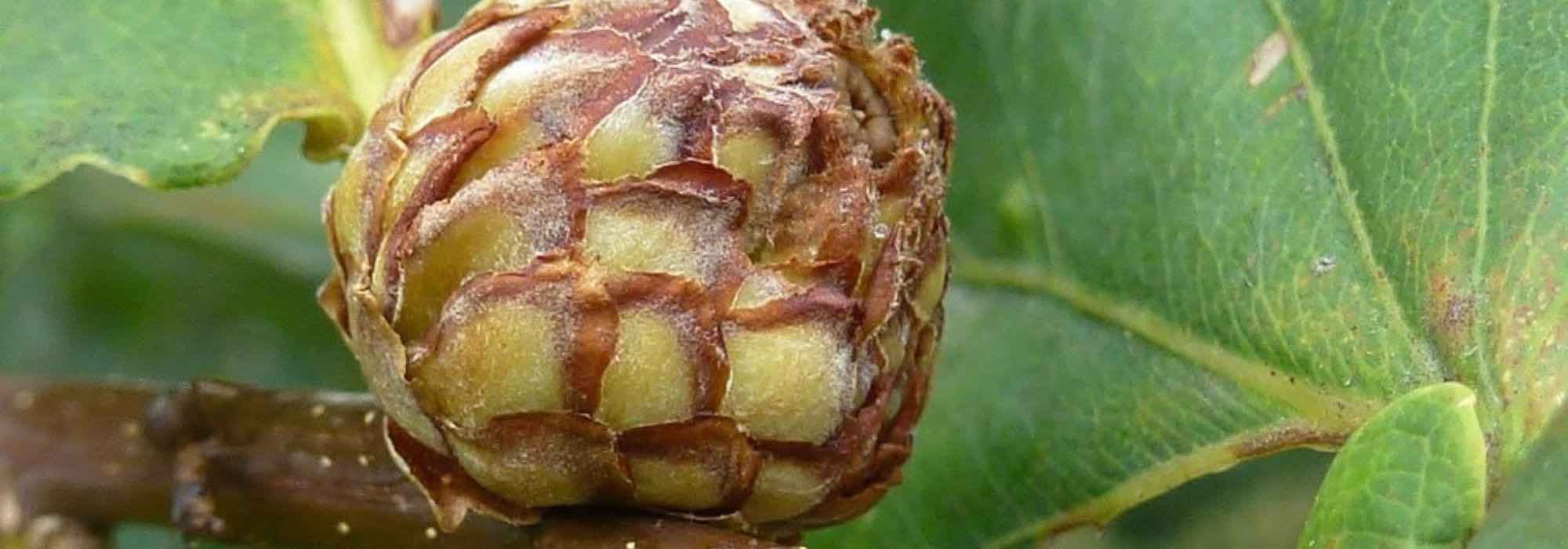Oak, all our special offers
Would this plant suit my garden? Set up your Plantfit profile →
Available in 1 sizes
Available in 1 sizes
The Oak, in Latin Quercus, is considered the king of the trees in our forests: tall, majestic, its growth is slow but its longevity is legendary. 'Quercus' is derived from the Celtic word 'kaerquez', which translates to 'beautiful tree'. The Oak, from the family of Fagaceae, comes in 600 species mainly originating from the Northern Hemisphere. Oaks are often classified into two categories: deciduous and lobed leaves (the well-known oak leaf), or evergreen (resembling holly leaves) with semi-evergreen leaves. Depending on the species, oaks form majestic trees exceeding 35m (115ft) in height, difficult to introduce into our gardens, like the Pedunculate Oak (Quercus robur) or the Sessile Oak (Quercus sessiliflora). Others, of more modest stature (Downy Oak, Turkey Oak, Holly Oak), are better suited to the size of our gardens. The smallest ones, native to Mediterranean regions, are modest prickly bushes not exceeding 1m (3ft), like the Kermes Oak Quercus coccifera; they are perfect for a defensive hedge. In general, evergreen species like the Holly Oak, Kermes Oak and Cork Oak are better suited to milder gardens. Deciduous species (European or American), in moist soils, are more resistant to cold weather.
Apart from our native species, there are 'exotic' oaks with highly ornamental foliage or remarkable autumn colours, which deserve to be planted: the Myrsine-leaved Oak Quercus myrsinifolia, the Spanish Oak Quercus x hispanica , the Red Oak Quercus rubra or the Pin Oak Quercus palustris.
Haven't found what you were looking for?

































